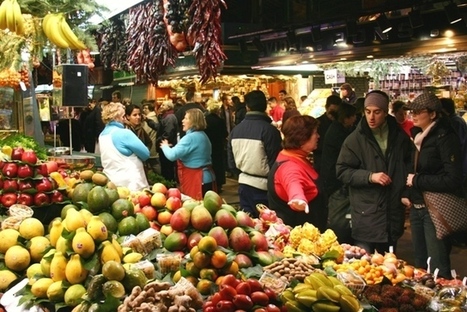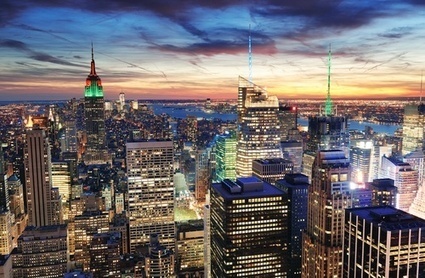Parks, squares, street corners, libraries, schools—these are the important social places in many cities. They are the public spaces where we relax and meet friends; in short, the places that we all share. But there is another kind of shared space that often goes unappreciated as a community hub in today’s convenience-oriented cities: the public markets where we buy our food.
While markets were historically important threads of a city’s social fabric, sanitation concerns and a cultural obsession with convenience led to their demise in many western cities in the 1950s. The “super” markets that replaced these vital public spaces were some of the first of what we now know as big box stores, and today, many millions of people around the world rely on these fluorescent, air conditioned megastores.
But in some cities, even in the developed world, traditional public markets still reign supreme!
Via Lauren Moss



 Your new post is loading...
Your new post is loading...










Markets are part of great turban places. The permanent ones planned by the cities seem best for display and amenities like places to sit and eat.
1. Barcelona residents rank their public markets as the second most valuable public service after libraries.
2. Barcelona’s markets are used more by disadvantaged groups than by wealthy populations.
3. Markets make it easier for residents to connect with their neighbors, especially when markets are located near other public services such as health care centers, libraries, and schools.